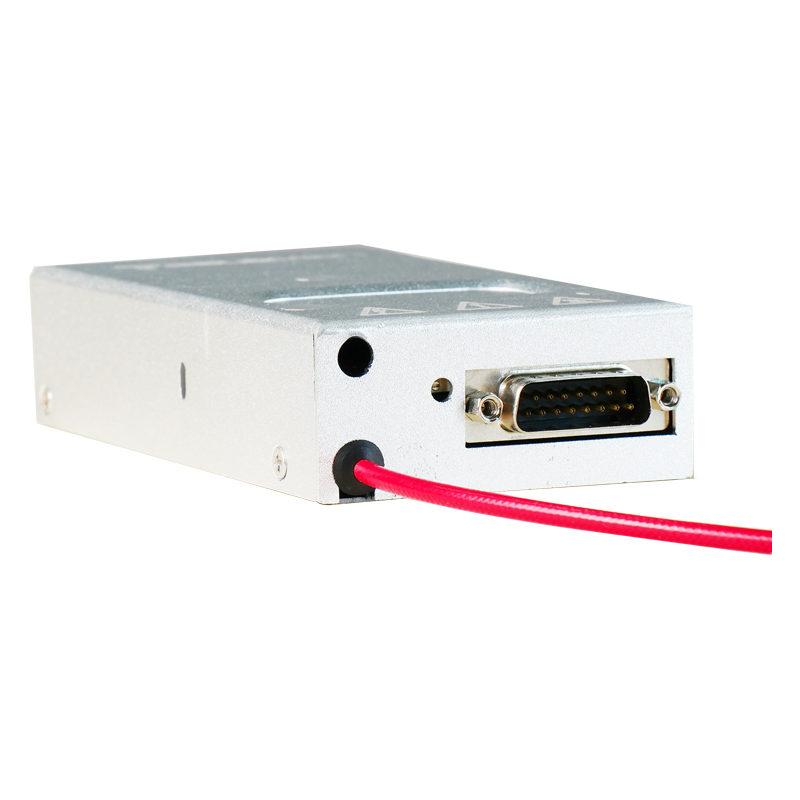Design of High-Voltage Power Supplies in High-Precision Measurement Systems
In modern scientific research and industrial production, high-precision measurement systems have become essential for obtaining critical data and ensuring product quality. Ranging from quantum physics experiments to semiconductor wafer inspection, biomedical imaging, and aerospace inertial navigation, these systems impose extremely stringent requirements on the stability, ripple suppression, and electromagnetic compatibility of power supplies. As the energy source for sensitive components (such as detectors and amplifiers) in the system, the design of high-voltage power supplies directly determines the measurement accuracy and system reliability. This article explores the key design aspects of high-voltage power supplies in high-precision measurement systems from the perspectives of technical principles, critical design elements, and optimization strategies.
1. Special Requirements of High-Precision Measurement Systems for High-Voltage Power Supplies
The core challenge of high-precision measurement systems lies in reducing the signal-to-noise ratio (SNR) and enhancing measurement repeatability. Any voltage fluctuations, electromagnetic interference (EMI), or ripples in the high-voltage power supply can directly couple into the measurement signal, leading to data distortion. For example, in a superconducting quantum interference device (SQUID) magnetometer, the power supply ripple requirement reaches the microvolt level; any voltage fluctuation exceeding the threshold may overwhelm the weak magnetic signal. In a scanning electron microscope (SEM), the stability of the high-voltage power supply directly affects the focusing accuracy of the electron beam, thereby determining the image resolution. Therefore, high-voltage power supplies for high-precision measurement systems need to have extremely low ripple (<10 μV), sub-millisecond dynamic response speed, and excellent electromagnetic shielding performance.
2. Core Design Technologies of High-Voltage Power Supplies
2.1 Low-Ripple Topology Design
Traditional linear voltage regulators can provide extremely low ripple but have low efficiency, while switching power supplies are efficient but prone to generating high-frequency noise. To combine the advantages of both, a linear-switching hybrid architecture is often adopted. The front stage uses a high-efficiency switching power supply for initial voltage conversion, and the rear stage employs a series linear regulator for fine adjustment. The error amplifier of the linear regulator further suppresses the residual ripple through a negative feedback mechanism. Additionally, multi-stage LC filter networks and π-type filter circuits can attenuate high-frequency noise to the nanovolt level, meeting the stringent requirements of the measurement system.
2.2 Dynamic Response Optimization
When the load in a high-precision measurement system changes transiently (such as the pulsed operation of a detector), the power supply is required to quickly return to a stable output. For this purpose, advanced control strategies, such as adaptive PID control algorithms, are needed to adjust the switching frequency and duty cycle in real-time according to load changes. Moreover, in the selection of power devices, wide-bandgap semiconductor devices with low on-resistance and high switching speed (such as SiC MOSFETs) are preferred to reduce switching losses and improve response speed.
2.3 Enhanced Electromagnetic Compatibility (EMC) Design
Electromagnetic interference generated during the operation of high-voltage power supplies can interfere with measurement signals. In the design, measures should be taken from both shielding and grounding aspects. The power module uses a fully enclosed metal shielding case and reduces the grounding impedance through multiple grounding points; the power circuit and control circuit are physically isolated to reduce signal crosstalk; common-mode chokes and X/Y capacitors are installed at the input and output of the power supply to suppress conducted and radiated interference, ensuring that the power supply does not interfere with the measurement system.
3. Typical Application Scenarios and Design Cases
In the power supply for the ion source of a mass spectrometer, the high-voltage power supply needs to provide a stable DC voltage of several thousand volts for the ionization process. During the design, the leakage inductance is reduced by optimizing the transformer winding structure, and a dual-loop control (voltage loop and current loop) is adopted to achieve precise voltage regulation, ensuring the stability of the ion beam and improving the sensitivity of mass spectrometry analysis. In an X-ray diffractometer, the high-voltage power supply needs to drive the X-ray tube to generate high-energy rays. In this case, special attention should be paid to the overvoltage and overcurrent protection design of the power supply to avoid damage to precision devices due to voltage surges. Meanwhile, a temperature compensation circuit is used to ensure the stability of the output voltage during long-term operation.
4. Development Trends and Challenges
As measurement accuracy progresses towards the picometer and femtosecond levels, high-voltage power supplies need to further reduce background noise and increase power density. In the future, high-frequency power supplies based on gallium nitride devices, quantum cascade voltage regulation technology, and AI-assisted adaptive control algorithms will become research hotspots. However, how to balance cost while improving performance and solve the reliability issues of wide-bandgap devices under high-voltage conditions remain significant challenges to be overcome.




















